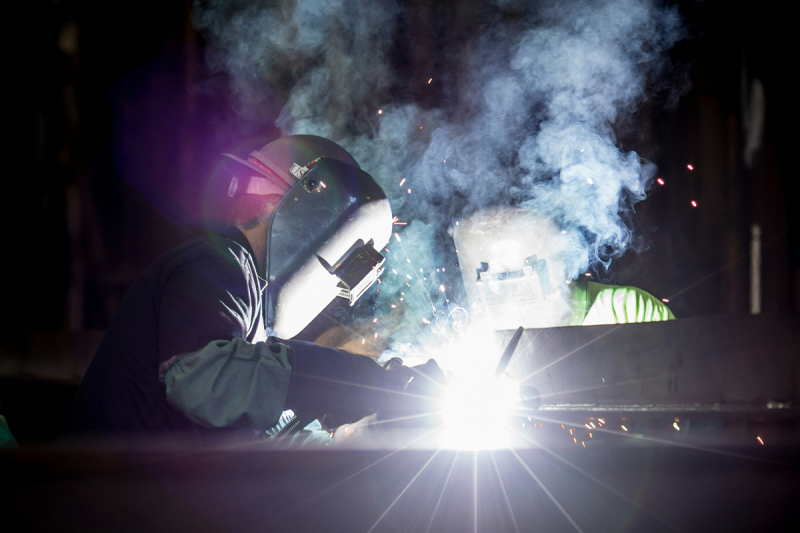Welding stands as a key enabling technology in critical industries such as manufacturing, pressure equipment and plants, oil and gas, shipbuilding, and structural steel fabrication.
Despite being a well-established and secure process, welding poses health and safety (H&S) risks that demand careful management.
Worksafe provides guidelines on health and safety in welding: https://www.worksafe.govt.nz/topic-and-industry/welding/health-safety-in-welding/#lf-doc-69532
One notable risk factor is welding fumes
These fumes arise when metal is heated beyond its boiling point, forming fine particulates. Gases created during the burning of consumables, surface coatings, and shielding gases combine with these particles, producing potentially harmful emissions. In arc welding, the electric arc generates ozone, an irritant gas, during oxygen combustion. Adequate protection can be ensured through good workshop ventilation, at-source fume control, and personal respiratory protection.
An ongoing international debate revolves around determining acceptable levels of welding fumes for safe operation. Safe Work Australia has recently announced a reduction in the workplace exposure standard for welding fumes from an 8-hour time-weighted average (TWA) of 5 mg/m3 to 1 mg/m3.
Changes to the workplace exposure standard for welding fumes | Safe Work Australia
Achieving this lower exposure level necessitates the implementation of three control measures:
- at-source fume control: Utilising local exhaust ventilation, such as a hooded fume extractor;
- the use of powered air purifying respirators or air-fed helmets; and
- maintaining good overall ventilation throughout the workshop to protect the general workforce.
Fabricators should be aware of these international changes while following the current WorkSafe requirements.
In case of uncertainty, seeking advice from an occupational hygienist is recommended to select effective control measures that minimise exposure to welding fumes.


